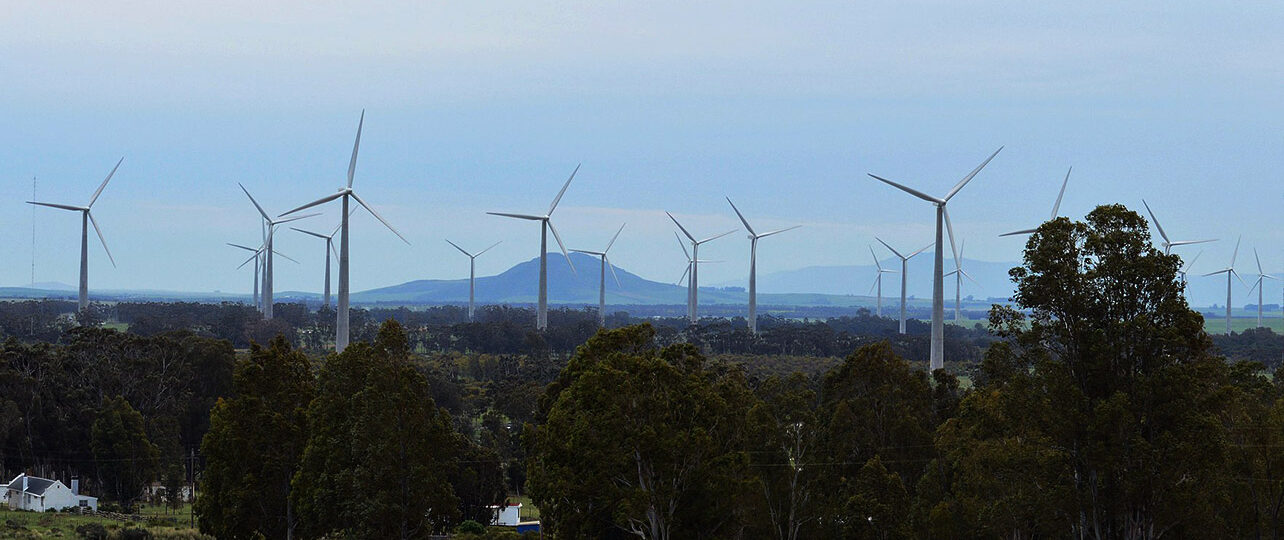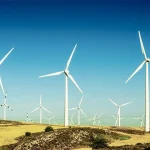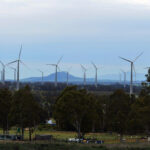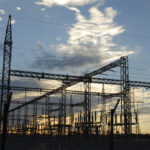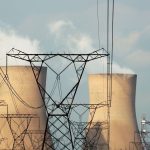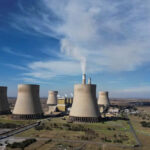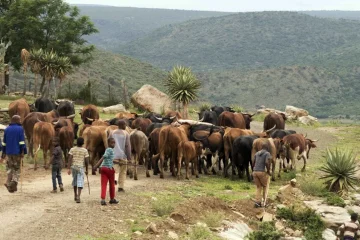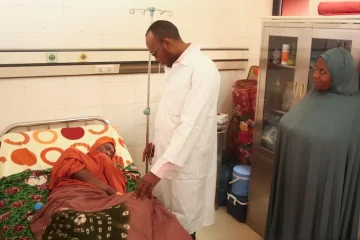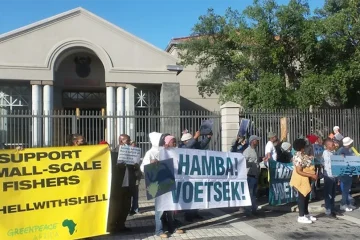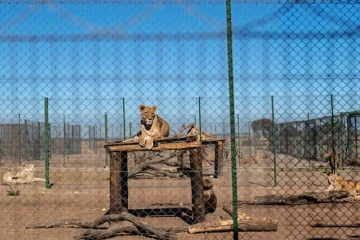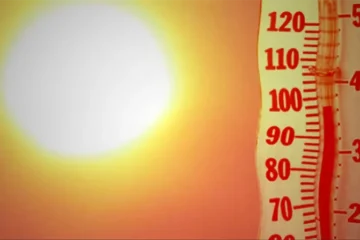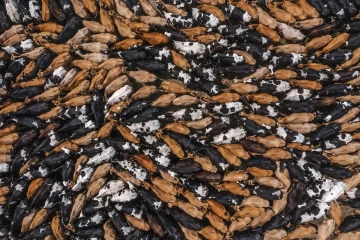ELECTRICITY generated from wind farms is witnessing a surge in South Africa, with new data showing there are 34 operational wind farms in the country feeding more than 3400 MW to the national utility, Eskom, grid.
MyBroadband, a South African ICT news platform, reports that the surge in volume and capacity is being driven primarily by Independent Power Producers, with only one of the 34 farms being state-owned.
“The only Eskom-owned wind power station is the Sere Wind Farm near Vredendal in the Western Cape, which contributes roughly 105 MW,” MyBroadband reported.
The progress made in wind energy is remarkable considering that in 2013, wind power accounted for a mere 257 MW from less than 10 wind farms, according to data platform, Statista.
That capacity has now grown more than tenfold, showcasing the remarkable success of the country’s Renewable Independent Power Producer Programme. This initiative has allocated over 6,000 MW across various renewable energy technologies, with a significant emphasis on wind and solar.
Looking ahead, the South African Department of Energy’s IPPs website indicates that six wind power projects from bid window 5, with a combined capacity of 820 MW, are currently under construction.
Besides, the opening of bid window 7 is expected this year and will further in the future lead to the addition of more wind-generated electricity to the country’s electricity mix.
South Africa’s unique geography plays a crucial role in this progress. Wind projects are primarily concentrated in the Cape Provinces, where the winds are notably stronger.
“Provinces with the best wind energy potential are the Western Cape, the Northern Cape, the Eastern Cape, and KwaZulu-Natal. These experience an estimated average annual wind speed of 6 m/s at 10m,” according to Enerypedia’s 2019 country analysis.
The study’s analysis of wind energy potential for South Africa notes that the potential for wind energy is “very good” in the country, especially in the long coastal strip and inland escarpments.
However, it’s not all smooth sailing. Transmission challenges loom large as a significant hurdle for future grid expansion.
South Africa’s Minister of Electricity, Kgosientsho Ramokgopa, revealed in a recent announcement that the ministry needs to invest an estimated R210 billion (about US$11 billion) to upgrade the country’s transmission grid infrastructure, a prerequisite for accommodating future renewable energy projects.
The surge in wind power is not unique to South Africa on the continent, as wind power generation hubs continue to build generation capacity.
Egypt, for instance, is set to host Africa’s largest wind farm, a colossal 10 GW project. A July 2023 announcement revealed a consortium of Emirati and Egyptian energy firms had acquired land for the project.
Once completed, it will dwarf Kenya’s Lake Turkana Wind Power Farm, which currently holds the title of Africa’s largest wind power project, with a capacity of 310 MW.
Morocco is also making significant strides in wind energy. The recently operationalized Boujdour wind farm, part of the 850 MW Integrated Wind Energy Project program, is a testament to the country’s commitment to include wind in its future renewable energy goals.
The project is one of several under the IWEPP (Integrated Wind Energy Project Programme) umbrella, including those in Midelt (180 MW), Jbel Lahdid in Essaouira (200 MW), Tiskrad in Tarfaya (100 MW), and Tangier II (70 MW). These efforts align with Morocco’s goal of sourcing 52% of its electricity from renewables by 2030.
The Global Wind Energy Council’s 2023 report identifies Egypt, Morocco, Kenya, and South Africa as markets experiencing a substantial surge in wind projects. Over the next five years, major launches are anticipated in South Africa, Egypt, and Morocco, contributing 5.3 GW, 3.6 GW, and 2.2 GW, respectively.
However, beyond these wind energy hubs, more countries are advancing their wind power energy capacities, with others launching their maiden wind projects altogether.
Djibouti, for instance, has inaugurated its first-ever wind farm, a 60MW project that sets a promising precedent for private investment in the country. The Red Sea Power (RSP) wind farm near Lake Goubet is poised to increase Djibouti’s overall capacity by an impressive 50%, according to government reports.
With a population of 1.1 million people, Djibouti has been entirely reliant on power generated from imported fossil fuels, as well as hydro-generated power imported from neighbouring Ethiopia.
However, according to Nikhil Kaitwade, a researcher at Future Market Insights, there is a need for countries to move with speed to tackle pending issues with their national grids if wind energy potential, among other renewables, is to be exploited effectively. One of the key issues is to ensure that power is accessible to entire populations, including those in remote areas.
In a detailed Oped on esi-africa.com, Kaitwade explained the value of strategically exploiting modern grid systems, such as smart grids, to ensure fair distribution of power.
“Modernized grids make it easier to include decentralized energy sources like solar and wind, enabling a more egalitarian and inclusive distribution of power,” he wrote.

